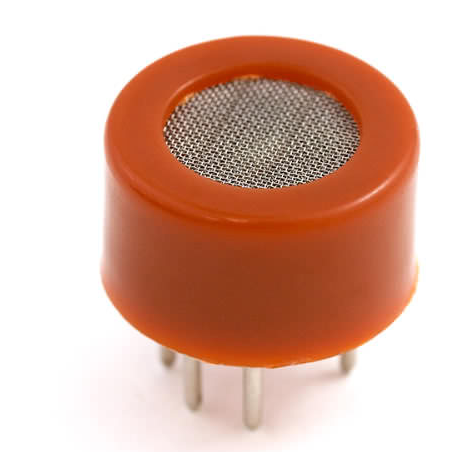Daniel Andrade has built a Breathalyzer using the Alcohol Gas Sensor MQ-3 and an Arduino Board, whose complete procedure is available on his website along with the video and code. He has also posted some pictures related to the building process.

In order to build this project, some equipment are required which includes Arduino Board, 10x 5mm LEDs of Green, Yellow, and Red color, 100KΩ Potentiometer to calibrate the sensor, 220Ω Resistor, a Breadboard and an MQ-3 Sensor from Sparkfun.
The LEDs are made in a way that works after they are connected in sequence using the Digital Pins 2 till 11 for ten LEDs total. A resistor between 220Ω and 470Ω is being used for each LED and the sensors are connected as one of the H pin to +5V Supply and another one to ground. An external power supply is also used for the former purpose, in case if it carries too much current for the Arduino.
One of the pins is connected to the ground and is designated as Pin B. Similarly, any other pin connected to the 100KΩ potentiometer is designated as pin A. In the pin where Pin A is connected, a wire is attached to the Analog or digital convertor in Arduino and here, you can read the Alcohol information.
This is an easy and quick DIY project and can be made without any fuss. Go through the video and apply codes from the following website.
Filed Under: Reviews


Questions related to this article?
👉Ask and discuss on Electro-Tech-Online.com and EDAboard.com forums.
Tell Us What You Think!!
You must be logged in to post a comment.